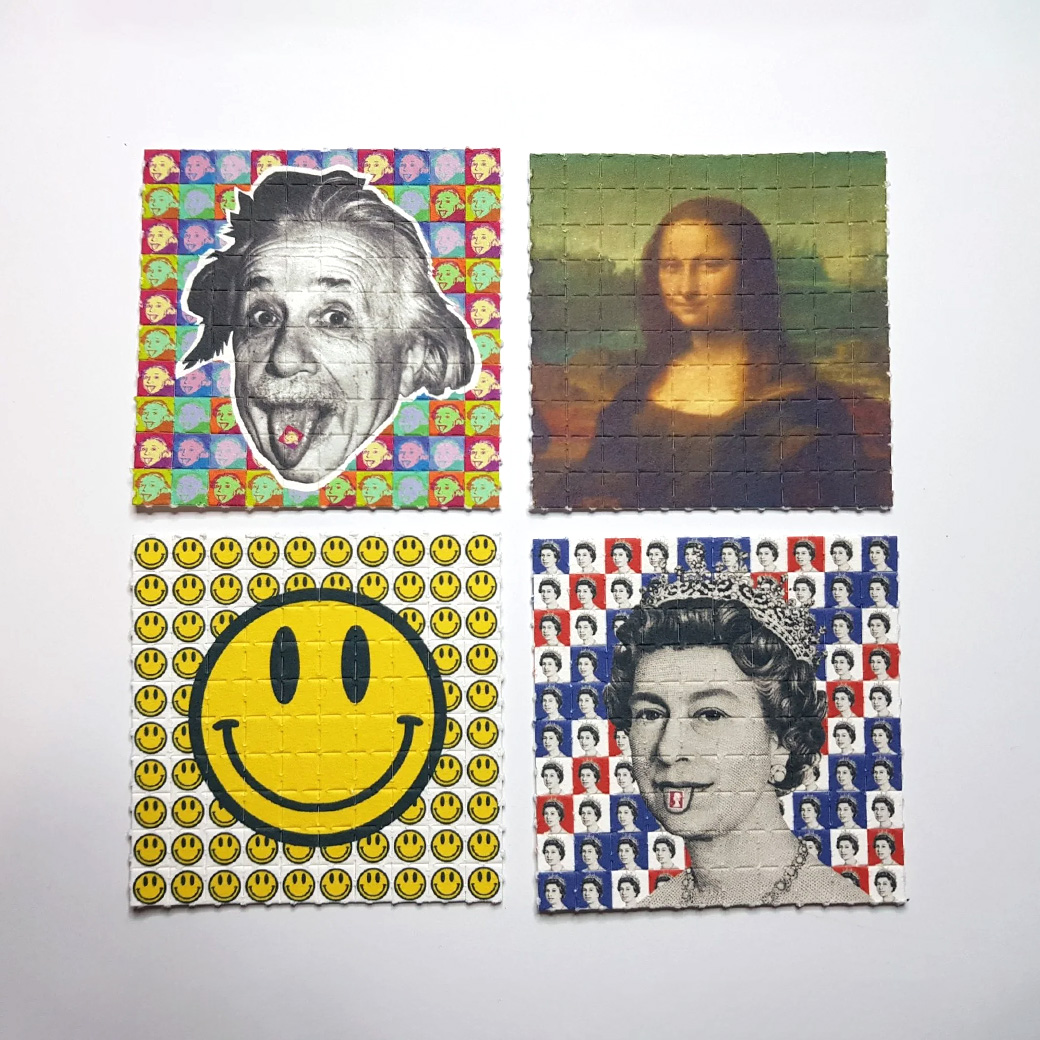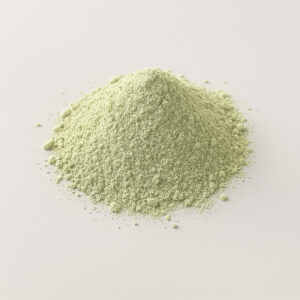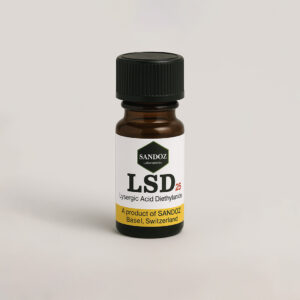What is LSD?
LSD (lysergic acid diethylamide), first synthesized in 1938, is an extremely potent hallucinogen. Hallucinations are when you see, hear, feel, taste, or smell something that seems real but is not. It is commonly called Acid.
LSD is synthetically made from lysergic acid, which is found in ergot, a fungus that grows on rye and other grains. It is so potent its doses tend to be in the microgram (mcg) range. It’s effects, often called a “trip”, can be stimulating, pleasurable, and mind-altering. It some cases it can lead to an unpleasant, sometimes terrifying experience called a “bad trip”.
LSD is usually found on the streets in various forms, for example:
- blotter paper (LSD soaked onto sheets of absorbent paper with colorful designs; cut into small, individual dosage units) – the most common form
- thin squares of gelatin (commonly referred to as window panes)
- tablet form (usually small tablets known as Microdots) or capsules
- liquid on sugar cubes
- pure liquid form (may be extremely potent)
Effects of LSD Use
LSD is a mind-altering drug. It is thought LSD causes its characteristic hallucinogenic effects via interaction with the serotonin receptors in the brain. Serotonin is a neurotransmitter that helps control your behavior and mood, governs your senses, and moderates your thoughts.
The physical effects of LSD are unpredictable from person-to-person. Usually, the first effects of the drug when taken by mouth are felt 30 to 45 minutes after taking it, peak at 2 to 4 hours, and may last 12 hours or longer. Use by the intravenous (IV) route will produce a much quicker action, usually within 10 minutes. Effects include:
- hallucinations
- distorted visual perception of shapes, colors
- altered sounds
- anxiety and depression
- flashbacks (a return of the “trip” experience) days or months later
- rapid heart rate, increased body temperature and high blood pressure
- dilated pupils
Extreme changes in mood can occur. If taken in large enough doses, the drug produces delusions and visual hallucinations. Overdose can lead to severe psychosis. Death is often due to a direct injury while under LSD influence; there is no known lethal dose of LSD.
The physical effects can also include nausea, loss of appetite, increased blood sugar, difficulty sleeping, dry mouth, tremors and seizures.






Reviews
There are no reviews yet.